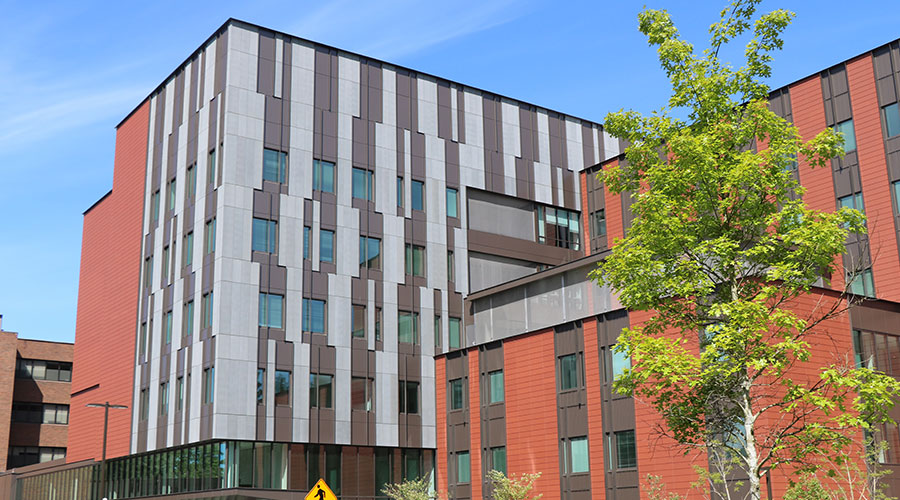As healthcare designers, we love to talk and dream about sustainable "hospitals of the future," but we must balance those eco-friendly dreams with the fiscal stresses our clients face and prove the return-on-investment (ROI) of our sustainability strategies, according to Michael Compton, LEED AP BD+C on his blog on the Greshan Smith and Partners website.
"To maximize ROI, sustainability strategies should carefully balance fiscal, sociological and ecological interests- the triple bottom line. From an operational standpoint, it is fairly easy to prove the fiscal benefits of sustainable strategies, particularly those that reduce energy consumption," Compton wrote.
He refers to a study cited in Healthcare Design magazine, that projects $980 million in savings if certain sustainable strategies were implemented at all U.S. hospitals.
"It is important to remember, however, that a hospital's operational budget is often entirely separate from its capital or new construction budget. Strategies that lower operational costs can still be cost-prohibitive from a capital standpoint. This is especially true for design features that focus primarily on social or ecological benefits, which can have higher up-front costs and longer payback periods. Our challenge, then, is twofold: proving the ROI of sustainable strategies and, where possible, improving ROI by minimizing first costs. It is not an easy task, certainly, but it is arguably one of the most important we face," Compton wrote.
Acccording to the blog, some sustainable design strategies can be achieved at little to no cost. For Kaiser Permanente's "Small Hospital, Big Idea" design competition, GS&P's team modified the building's orientation to minimize east-west facades in favor of north-south facades. Made early in the design process, that adjustment had little impact on overall square footage cost and changes in sun angles generated projected savings of $2 million over a 20-year period.
Read the blog.

 Seeking Standards for Microbial Loads in Healthcare Facilities
Seeking Standards for Microbial Loads in Healthcare Facilities UCR Health Unveils Plans for Major Expansion
UCR Health Unveils Plans for Major Expansion High-Performance Windows Support Safety at UW Medicine's New Behavioral Health Center
High-Performance Windows Support Safety at UW Medicine's New Behavioral Health Center Central Maine Healthcare Dealing with IT System Outage
Central Maine Healthcare Dealing with IT System Outage Kaiser Permanente Opens Newly Expanded Everett Medical Center
Kaiser Permanente Opens Newly Expanded Everett Medical Center